8 Low-Maintenance Shade Plants: Brighten Up Forgotten Corners With These Easy-Care Beauties
Embrace the darker side of gardening with minimal effort – our pick of low-maintenance shade plants will give little trouble and provide maximum joy.
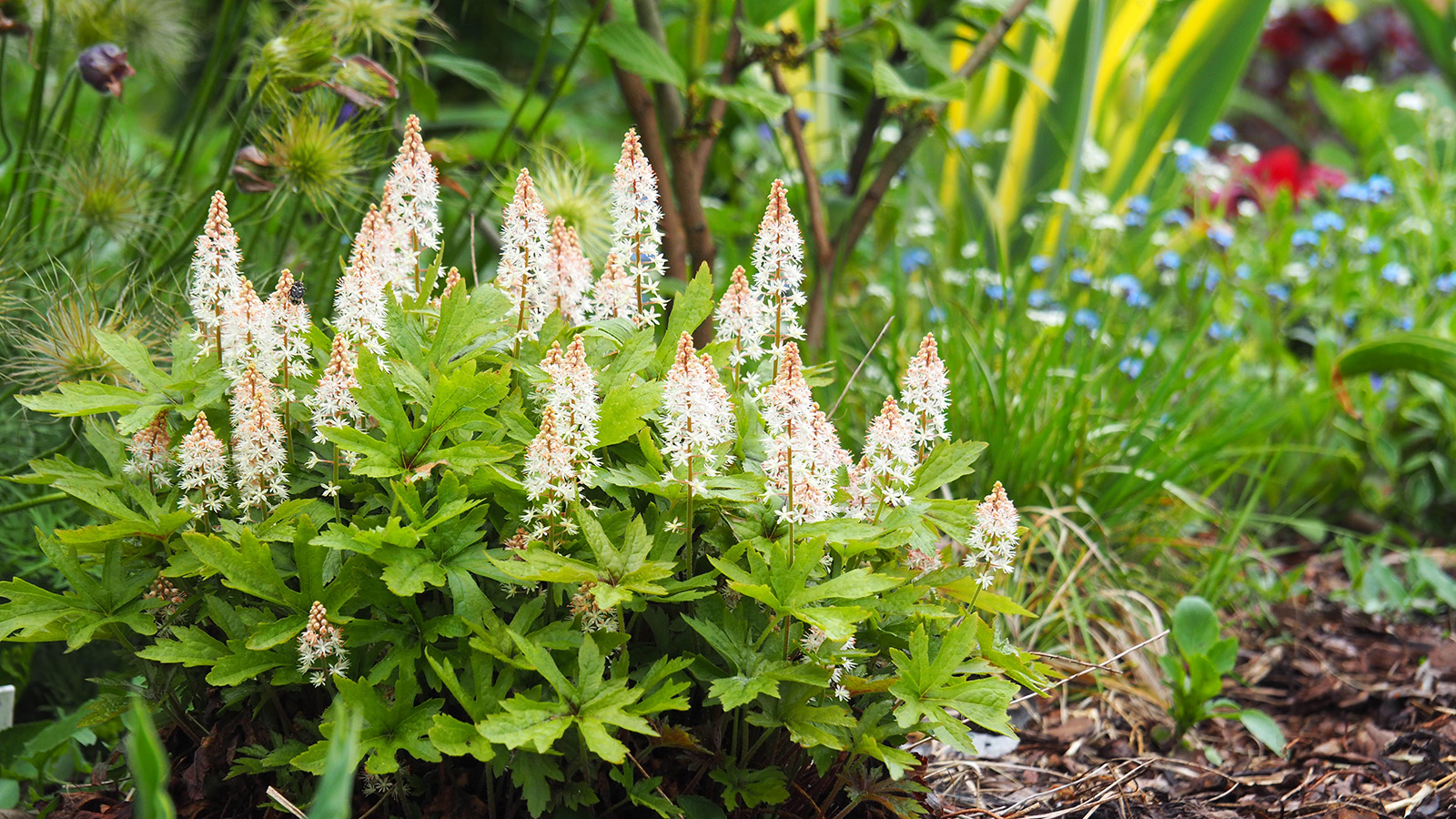

Amy Draiss
One of the hardest regions of the garden to populate with plants is the shade garden. These areas get little light, tend to be moist, and are often hidden, out-of-the-way sites.
Selecting shade-loving plants that will thrive in these low-light areas and add brightness and vibrancy can be tricky. They must still bring color even when sunlight is rarely present.
Luckily, many plants delight in areas of dappled to full shade and still flower or provide brilliant foliage.

The new Gardening Know How Shop offers a curated range of plants and accessories, including a stunning selection of shade-loving perennials that delight in the dark.
1. Hosta
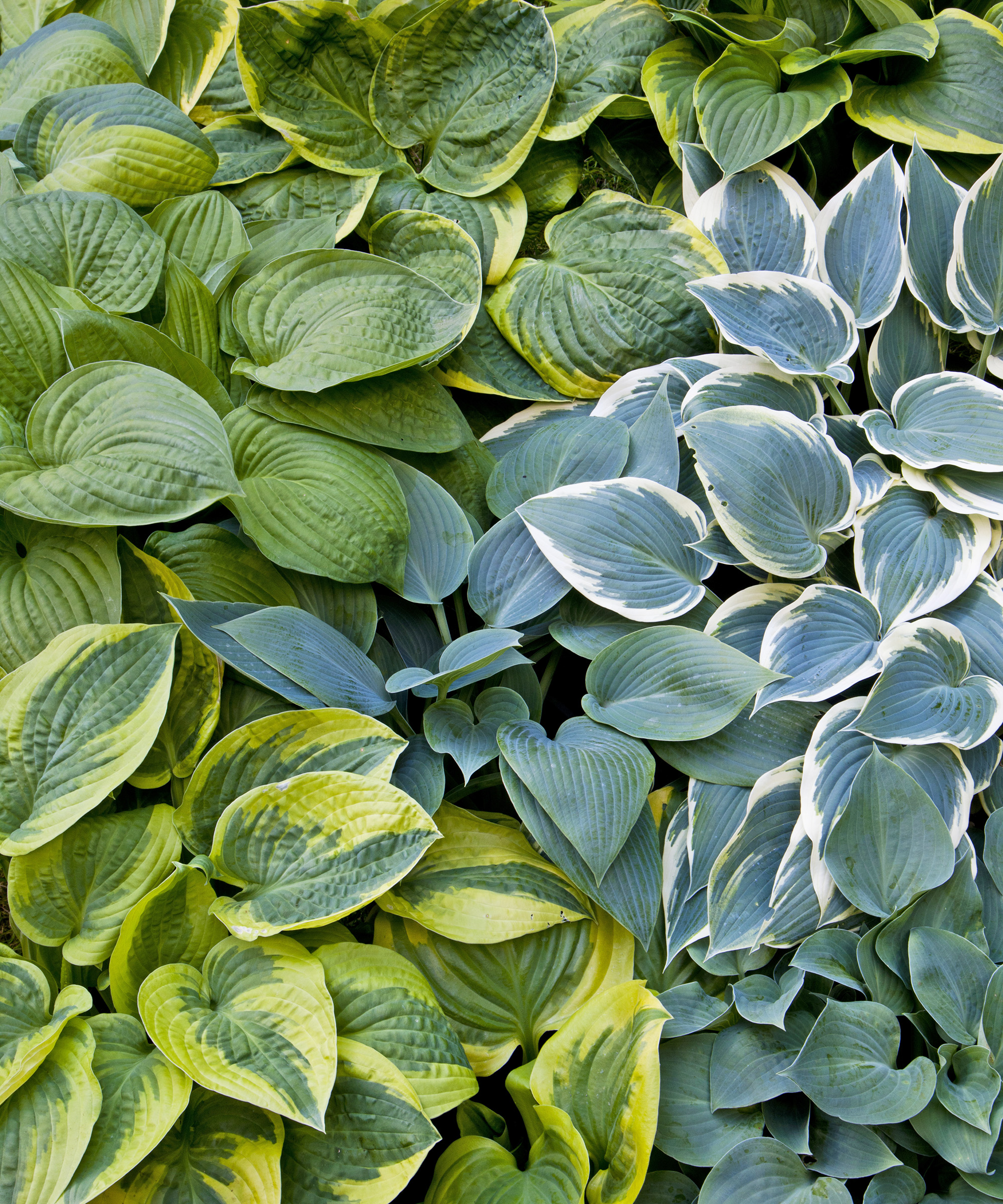
Darlings of the shade garden, hostas are easy to grow and come in a wide range of sizes, colors, and light tolerances.
Choose from hues of green, blue to blue-green, gold, cream, or combinations of each. Often adorned with streaks or colored petioles, the plants also produce lovely, sometimes scented, purple dangling flowers.
Hostas prefer to be in lower light areas although they enjoy some gentle morning sun. They grow from bare-root bulbs – plant them into well-worked soil in spring and they will soon produce coiled leaves from the ground that will unfurl into large foliage.
They will die back in winter but, with a USDA hardiness of 3-9, they will reliably spring up new when the soil warms.
Gardening tips, videos, info and more delivered right to your inbox!
Sign up for the Gardening Know How newsletter today and receive a free copy of our e-book "How to Grow Delicious Tomatoes".
2. Coleus
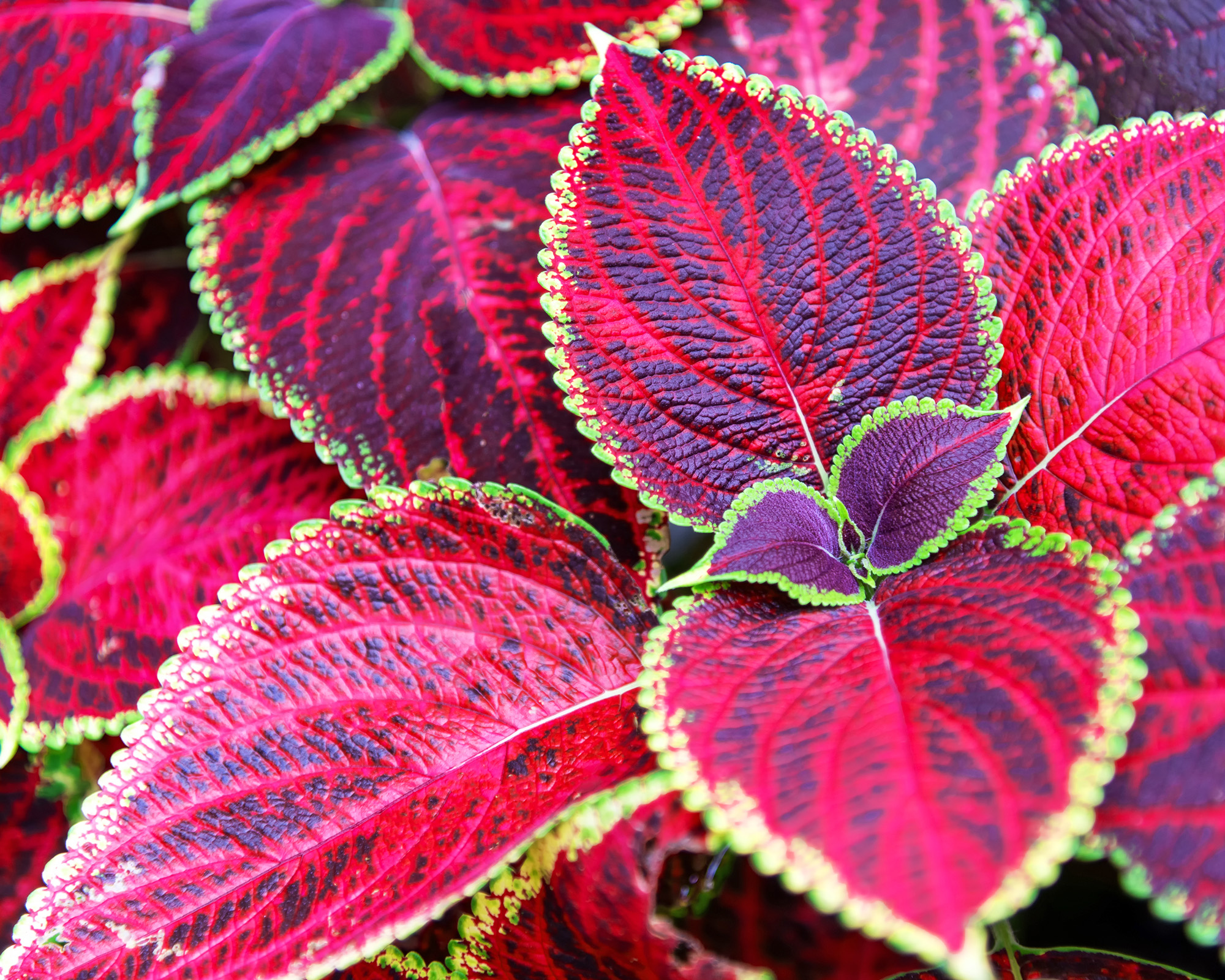
If you are seeking a vast array of color and leaf texture, try coleus in the low-light garden. There are around 300 species with over 1,500 varieties of these foliage plants. A veritable rainbow of colors awaits the eager shade gardener.
It is considered a tender perennial, only hardy in USDA zones 10-11. But plants will still get large and gorgeous in cooler climates, dying away in winter.
Coleus is easy to grow from seed or cuttings but is also readily available at nurseries and garden centers. Its riotous colors range from apricot, red, hot pink, yellow, chocolate, burgundy, orange, green, chartreuse, and much more. Most varieties carry a combination of colors.
Plants like to be kept moist and the best growth will occur from monthly fertilizing with a water-soluble formula.
Towards the end of the season, the plant will produce blue or white flowers. You can keep these on the plant to produce seed for the following season, guaranteeing you an annual supply of these vibrant plants.
3. Caladium

Caladium is a foliage plant with heart-shaped, giant leaves that are colorful and sport varied-hued ribs, margins, or veins. Plants may even have contrasting splashes of color across the foliage.
There are 20 species of caladium, but hybrids are regularly introduced, leading to a huge number of cultivars from which to choose. They rise from tubers, which grow quickly when planted in spring.
The plants prefer well-drained, slightly acidic, moist soil. Bright sun can fade the brilliant colors of the leaves. They prefer full shade to dappled light.
Caladiums are hardy in USDA zones 9-13 and will die back when the temperatures cool in fall. Dig up the tubers and store them in a cool, dark location until the following spring. Replant them and watch the tropical foliage appear.
4. Croton
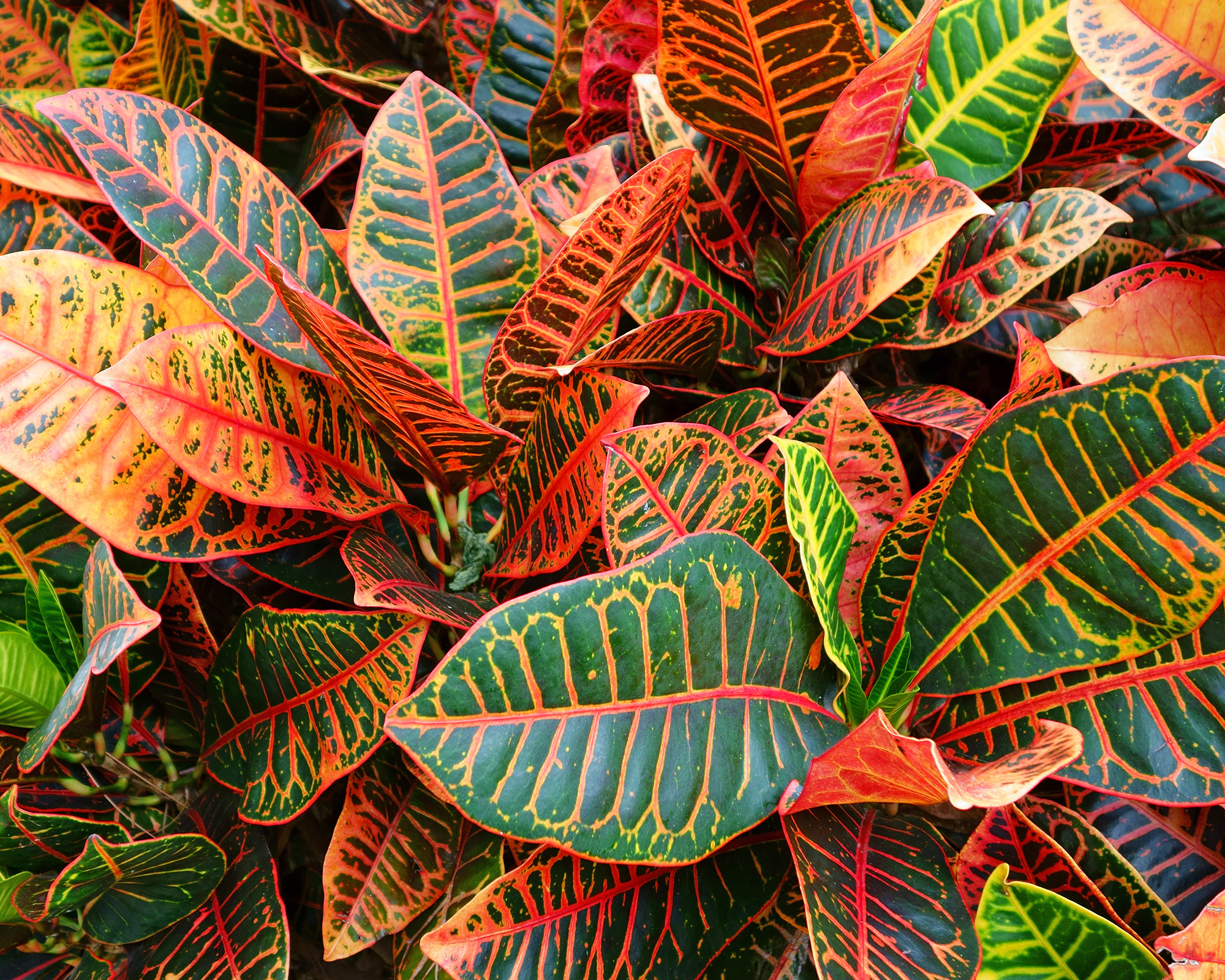
Croton is another foliage plant whose colorful leaves will fade in full sun. It is often grown as a houseplant but will thrive outdoors in USDA zones 11-12. Grow it outdoors in a container in cooler climes and bring it inside as a houseplant over winter.
In tropical to subtropical regions the plant can mature to 10 feet (3m) in height. Large leathery leaves may be arrow, lance, or heart-shaped. Some leaves produce wavy edges.
However, it is the plant's color that is the star of the show. A rich tapestry of hues dances across the leaves. White, pink, orange, yellow, green, purple, and variances of these appear in a random display. There may also be blotches or splatters of color decorating the bright leaves.
Croton plants prefer partial shade in moist but well-draining soil.
5. Heartleaf Brunnera

Guaranteed to brighten low-light areas, heartleaf brunnera has elegant, silver leaves with green veins. An Eastern European native, it is a clumping perennial, hardy in USDA zones 3-8.
Heartleaf brunnera will grow up to 3 feet (90cm) at maturity. It is quite easy to propagate through division and the slightly hairy leaves are deer and rabbit resistant.
Rich organic soil that is well draining is a must but the plant doesn’t care about the pH. Once established, heartleaf brunnera is partially drought tolerant. It will produce airy blooms in spring that look similar to forget-me-nots.
6. Coral Bells
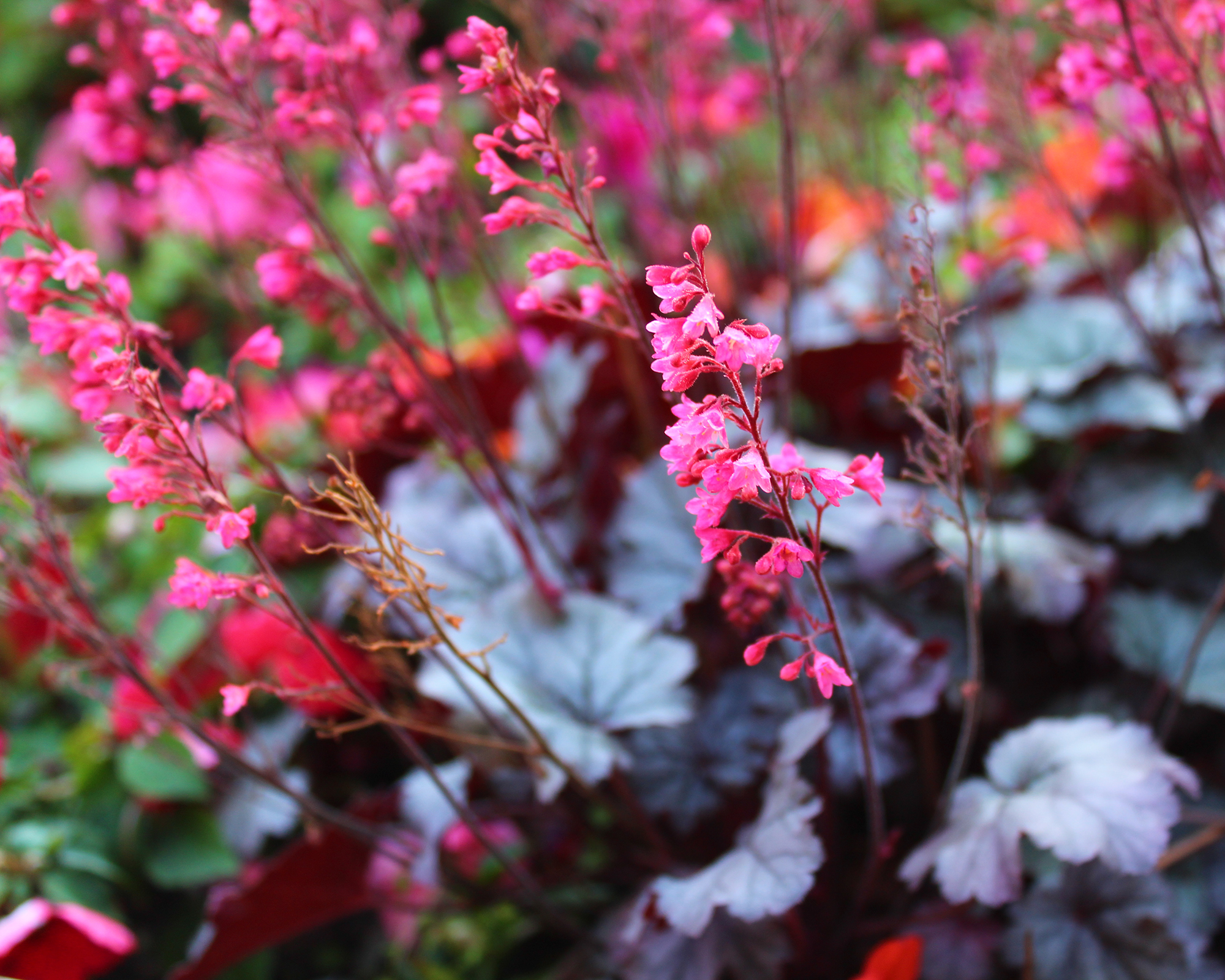
Heuchera, or coral bells, is a fabulous shade plant that gets its common name from the sweet little dangling flowers on slender stems.
There are innumerable cultivars of these lovely scallop-leafed plants, plus a myriad of colors and leaf patterns from which to choose. It is hardy in USDA zones 3-9.
A clump-forming perennial, heuchera produces offsets or divisions for a constant supply of new plants.
Loose, well-draining soil that is slightly acidic is ideal for heuchera. Deadhead flowers when they are spent and the plant may reward you with another bloom.
7. Foamy Bells
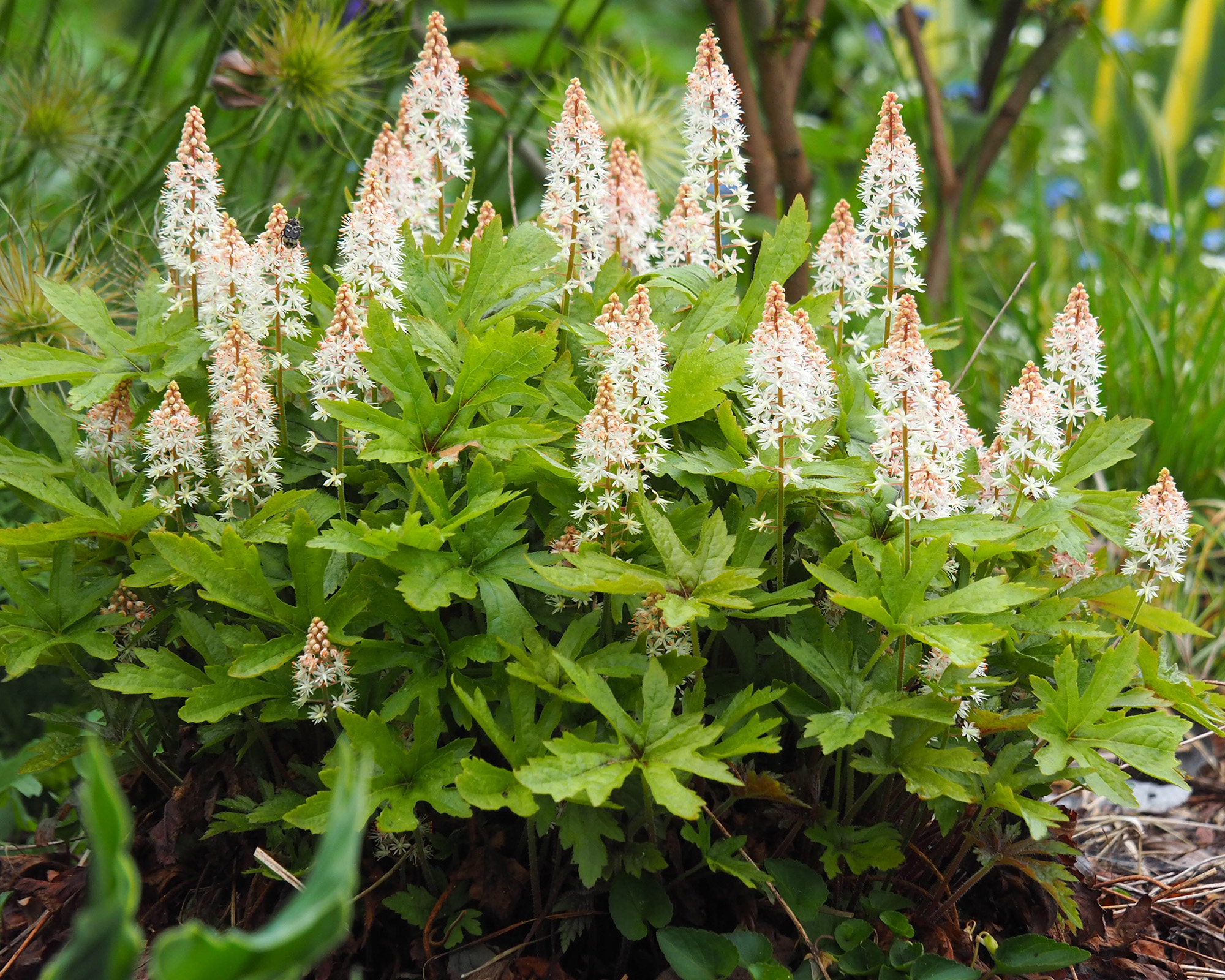
Heucherella is a cross between heuchera and tiarella. As the common name suggests, the flowers are airy and sprayed in pink or white.
It has interesting leaves with deeper cuts than the gentle scallop of coral bells. There are many leaf colors from which to choose, the most common of which is a chartreuse leaf with purple centers.
Heucherella has a similar hardiness range to heuchera. Plant in a group in partial shade with morning sun, in loose, rich, well-draining soil.
Once established, foamy bells are low maintenance and can even tolerate periods of drought.
8. Leopard Plants
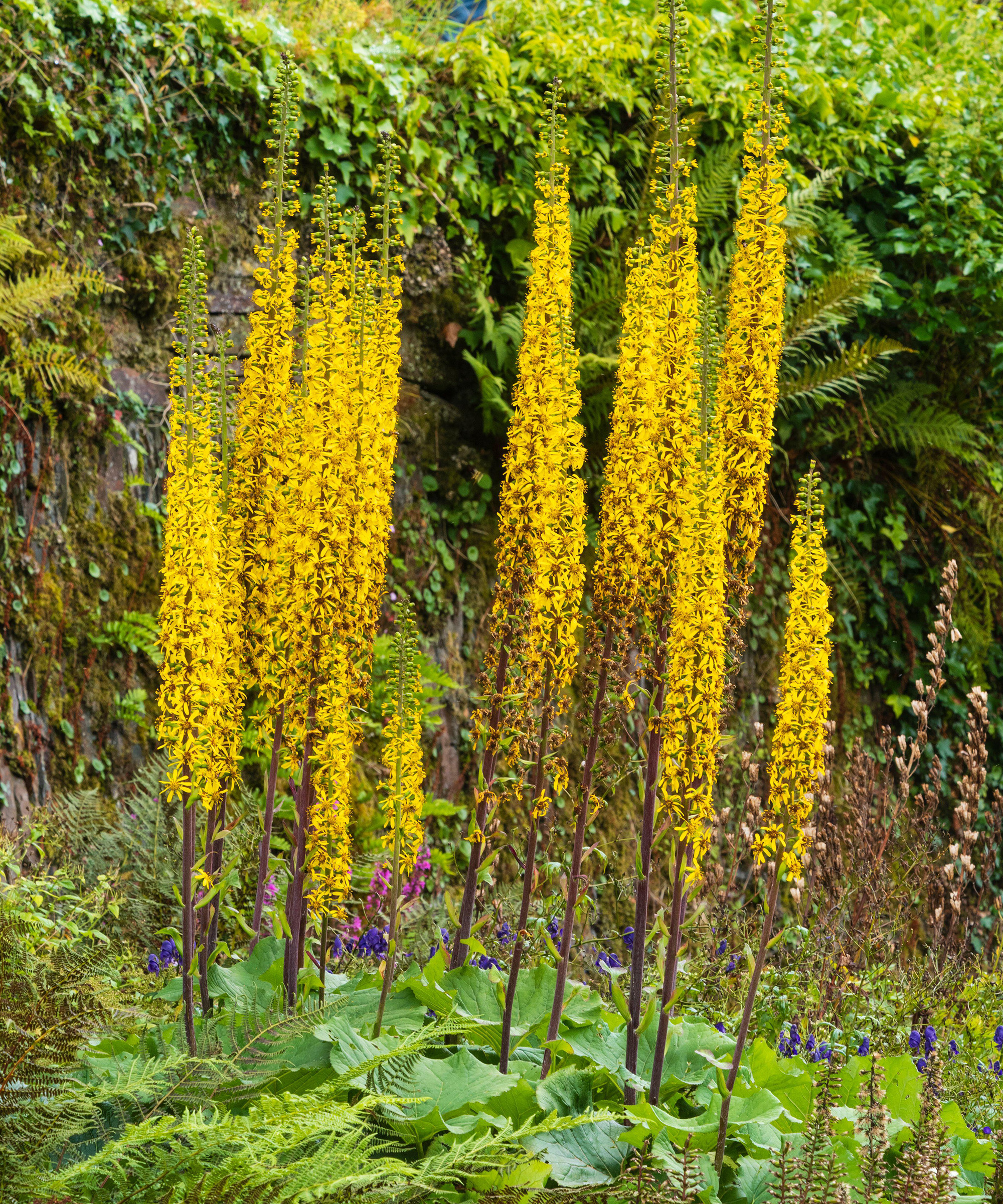
Ligularia, or leopard plants, have the ability to really brighten a site once they bloom. Often called bottle rockets, the bright yellow, clustered flowers shoot up in a columnar form.
Deeply maroon slender petioles grow from the base and boast huge, green heart-shaped leaves with gently serrated edges. The underside of the leaf is purple-maroon.
The plant may look wilted in high heat conditions, even when well watered, but that is just its response to conserve moisture. Water deeply and keep the soil moist. Depending on variety these plants can reach between 2-6 feet (60-180cm) in height. The plants are hardy in USDA zones 4-9.
This article features products available from third-party vendors on the Gardening Know How Shop.

Bonnie Grant is a professional landscaper with a Certification in Urban Gardening. She has been gardening and writing for 15 years. A former professional chef, she has a passion for edible landscaping.
- Amy DraissDigital Community Manager
-
 Looking For Plants To Give You The Soft And Fuzzies? Try These 5 Fuzzy Leaf Plant Options
Looking For Plants To Give You The Soft And Fuzzies? Try These 5 Fuzzy Leaf Plant OptionsLovers of texture, drama, silver foliage and tactile plants will adore these special sensory garden additions. These fuzzy leaf plant options will leave you all aglow
By Susan Albert
-
 Get Ready For A Summer Of Hummers! Grow These Full Sun Hummingbird Plants and Flowers
Get Ready For A Summer Of Hummers! Grow These Full Sun Hummingbird Plants and FlowersIf you’re lucky enough to enjoy a sunny backyard, make sure you are maxing out on your pollinator opportunities and grow these full sun hummingbird plants and flowers
By Tonya Barnett
-
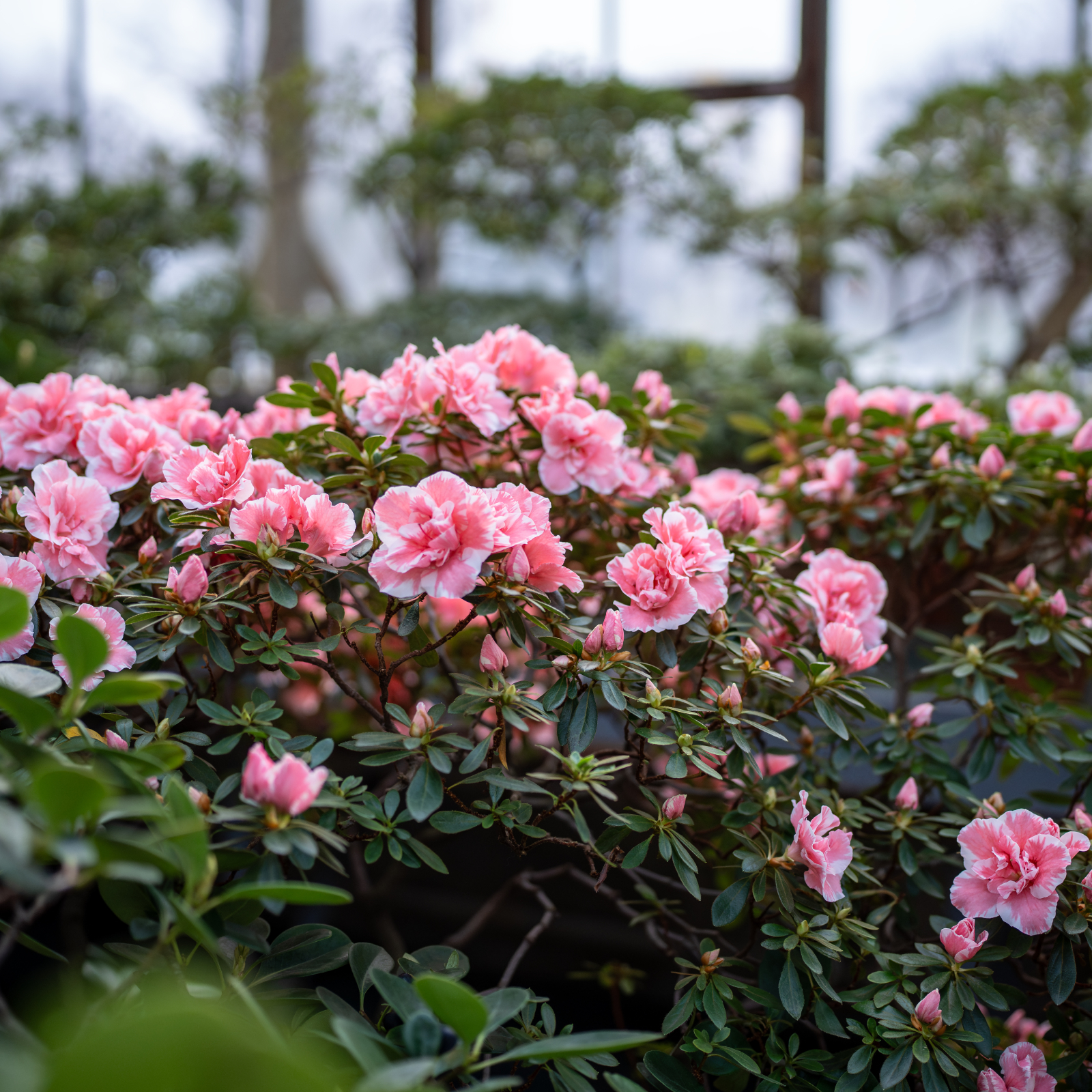 What Is The Size Of An Azalea? Explore Different Varieties That Will Suit Every Garden
What Is The Size Of An Azalea? Explore Different Varieties That Will Suit Every GardenThe size of azaleas can vary widely because they have been selectively bred for different landscape needs. Check out our picks for each size category.
By Mary Ellen Ellis
-
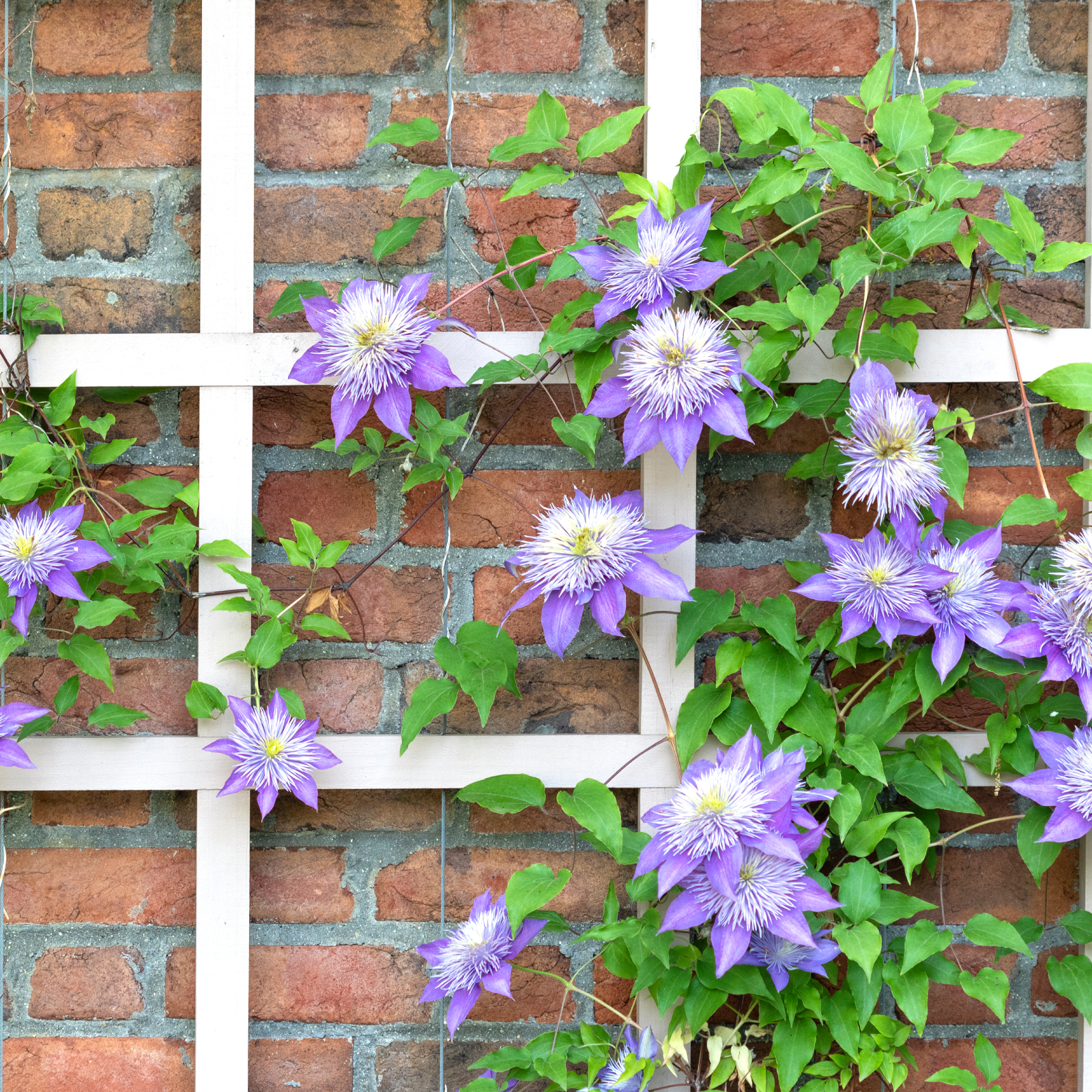 5 Fabulous Fast-Growing Vines – That Will Quickly Climb Any Arbor, Trellis, Or Fence
5 Fabulous Fast-Growing Vines – That Will Quickly Climb Any Arbor, Trellis, Or FenceThese fast growing vines are perfect for covering any eyesores in your yard or creating a living fence. They will provide great visual interest, as well.
By Amy Grant
-
 When To Plant Roses: The Best Time For Your Climate And Rose Type
When To Plant Roses: The Best Time For Your Climate And Rose TypePlant your roses at the right time and you will be rewarded with decades of glorious summer flowers – but get it wrong and you'll be crying over dead shrubs.
By Teo Spengler
-
 Spectacular Early Blooming Shrubs: 6 Sparkling Spring Flowering Bushes
Spectacular Early Blooming Shrubs: 6 Sparkling Spring Flowering BushesWant to kickstart your gardening year with dazzling spring flowering bushes for beds and borders? These unique early bloomers are sure to help you rise and shine!
By Teo Spengler
-
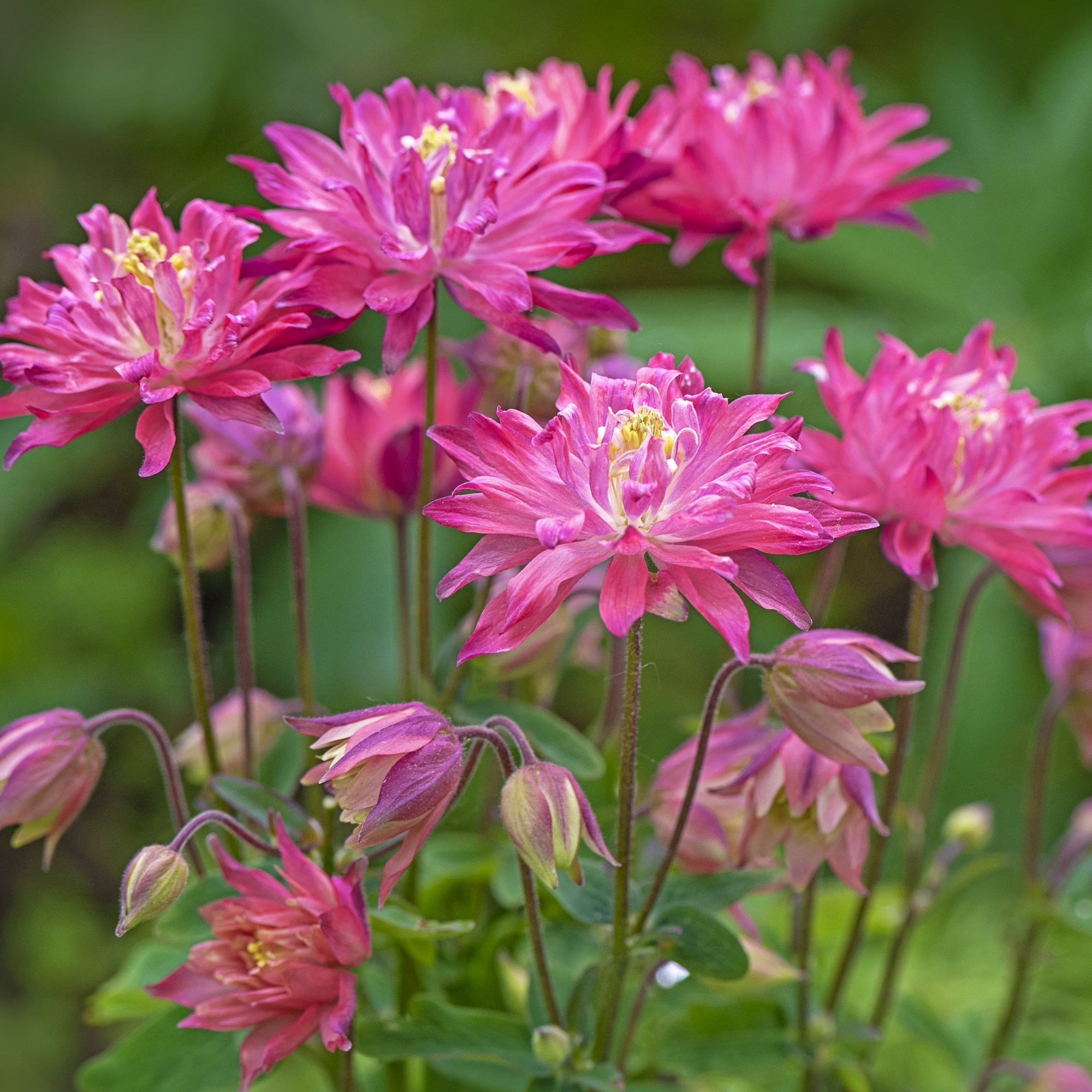 7 Shade-Loving Flowers To Start From Seed Now For A Stunning Summer Garden
7 Shade-Loving Flowers To Start From Seed Now For A Stunning Summer GardenTurn shady spots into vibrant new garden spaces with lovely and illuminating shade-loving flowers.
By Ellen Wells
-
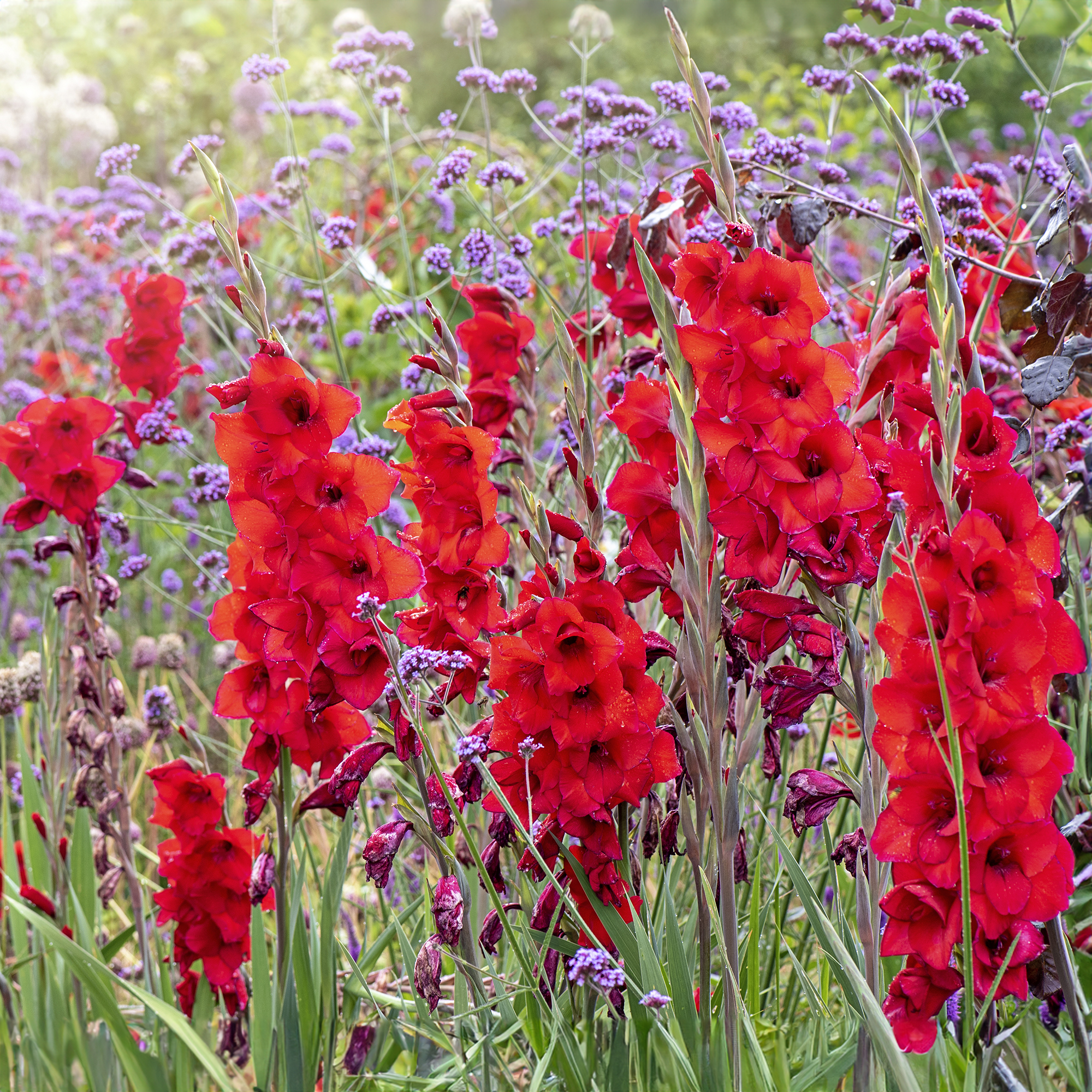 7 Summer-Blooming Bulbs To Plant In Early Spring: Don't Miss Months Of Glorious Flowers!
7 Summer-Blooming Bulbs To Plant In Early Spring: Don't Miss Months Of Glorious Flowers!Get a head start on stunning summer blooms with these easy-to-plant bulbs – act early and you will enjoy vibrant flowers that last for months on end.
By Mary Ellen Ellis
-
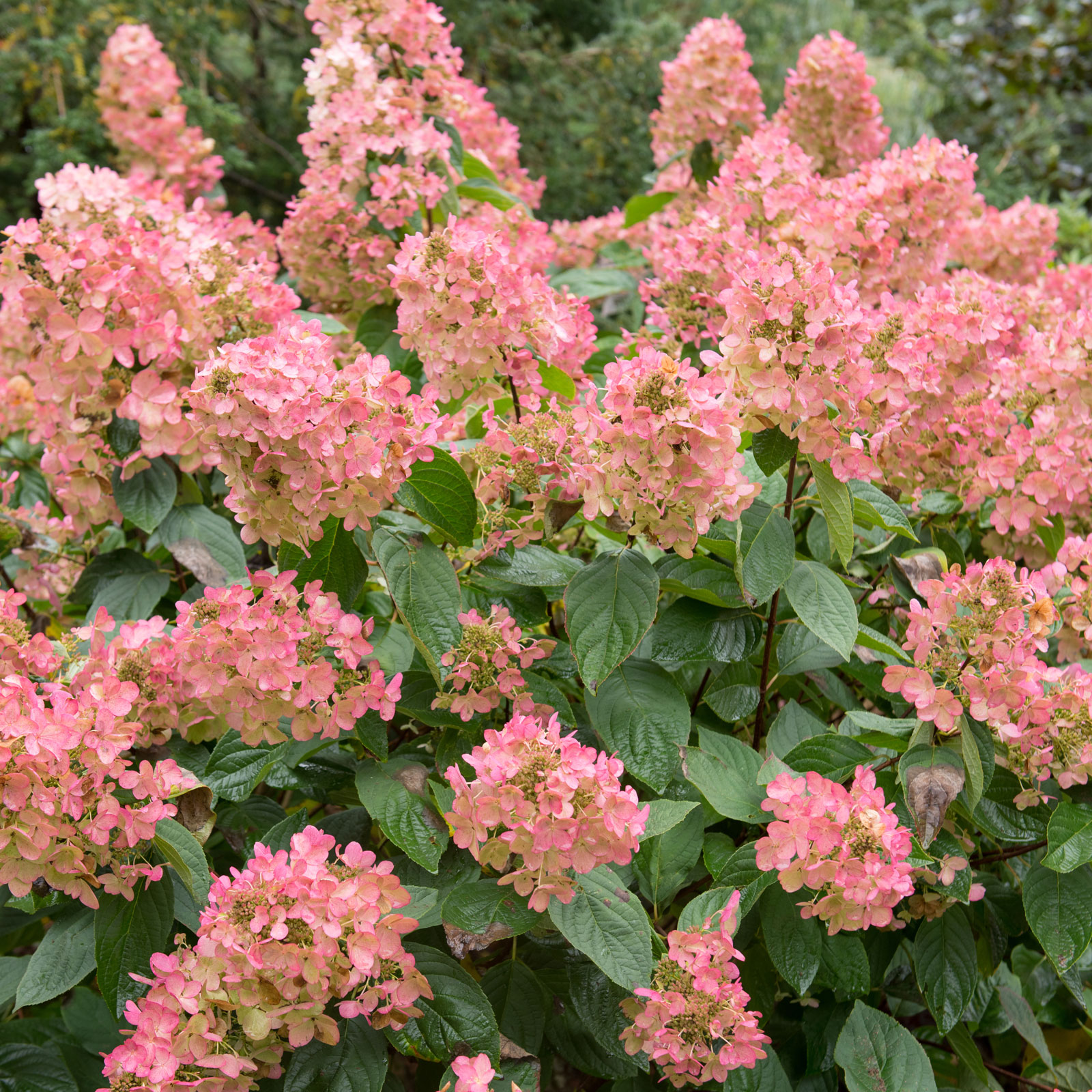 Quick Fire Hydrangea – The Elegant, Easy-Care Shrub Every Gardener Needs In Their Landscape
Quick Fire Hydrangea – The Elegant, Easy-Care Shrub Every Gardener Needs In Their LandscapeIf you’re after an early flowering panicle hydrangea that offers plenty of floral variety, the Quick Fire hydrangea goes big on visual dynamics from early summer to fall
By Tonya Barnett
-
 8 Rare Orchids That Make Stunning Houseplants – Some Are Surprisingly Easy To Grow
8 Rare Orchids That Make Stunning Houseplants – Some Are Surprisingly Easy To GrowDiscover unique orchids that will add exotic beauty to your home. Some make easygoing houseplants, while others offer a challenge for more seasoned growers.
By Melanie Griffiths